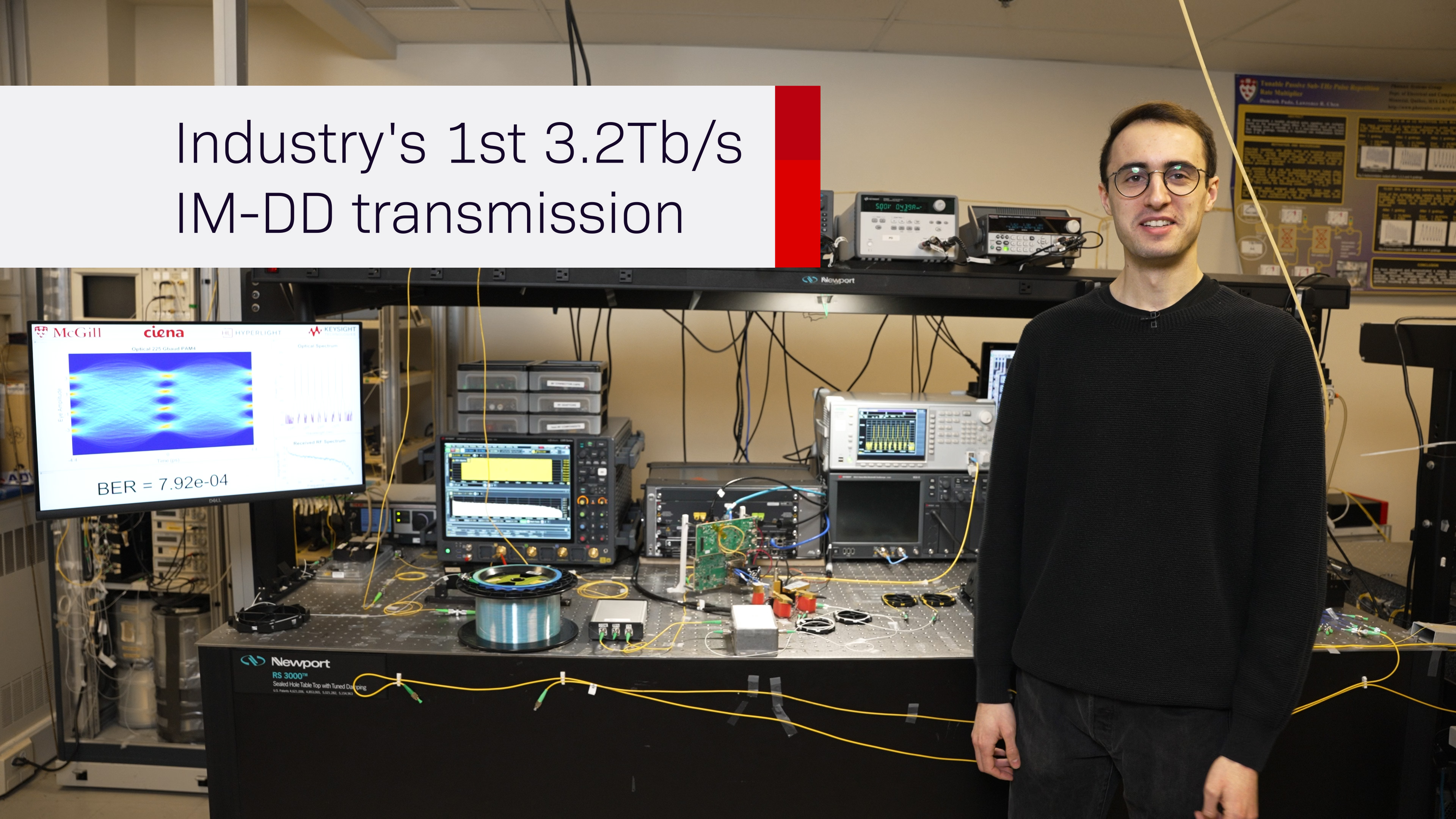How coherent technology decisions that start in the lab impact your network
32QAM, 64QAM, and hybrid modulation….32, 56, 64, now 95Gbaud? Are they really any different? Fixed grid, flex grid, what’s 75GHz? Is your head spinning yet?
Coherent optical technology is a critical element that drives the amount of capacity and high-speed services that can be carried across networks and is a critical element in controlling their cost. But with multiple generations of coherent solutions available and more coming soon, navigating the different choices can be difficult. Unless you are immersed in the details and relationships between bits and symbols, constellations and baud in your everyday life, it can be confusing to understand how the technology choices made in each solution influence overall system performance and network cost.
To clarify these relationships, here is an analogy that helps provide a more intuitive understanding: consider performance-optimized coherent optical transport as analogous to freight transport.
The goal of network providers using coherent is to transport as much capacity as they can, in the most cost-efficient manner that they can, using wavelengths across their installed fiber. This is similar to wanting to be as efficient as possible in freight transport, carrying as much payload as you can using available truck and road resources.
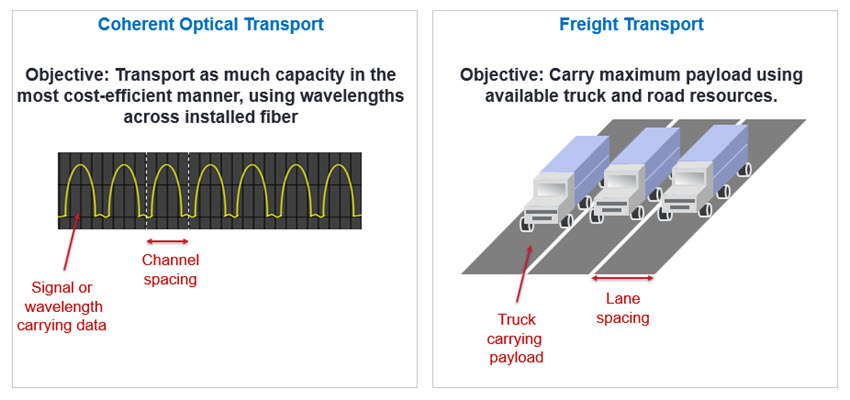
Figure 1 – Coherent transport analogous to Freight Transport
So now, let’s look at a coherent modem – this is the subsystem that takes in client traffic (ex. 100 Gigabit Ethernet) and converts it into an optical signal using a certain modulation technique, and this optical signal is what we call a wavelength. Each wavelength carries a certain throughput (for example 100Gb/s), takes up a certain amount of spectrum, and requires a certain amount of channel spacing on a fiber. In most systems today, there is 4800GHz spectrum available in the C-band. So, for example, if a user deploys 100G wavelengths with 50GHz fixed channel spacing, their fiber can transport 96 x 100Gb/s or 9.6Tbs of capacity.
This is analogous to a truck carrying a certain payload and requiring a certain amount of space in a lane. The total payload that can be carried will be the maximum payload each truck can carry times the number of trucks.
To improve the efficiency of your network, you want to maximize the capacity that you can carry over your existing assets. Capacity is directly dependent on the number of bits per symbol of your modulation, as well as the number of symbols you send and process per second. The rate of symbols per second is called baud.
You can increase the capacity that you are carrying in one of two ways:
1) Increase the bits per symbol using a more complex modulation scheme
2) Increase the baud, i.e., process more symbols per second
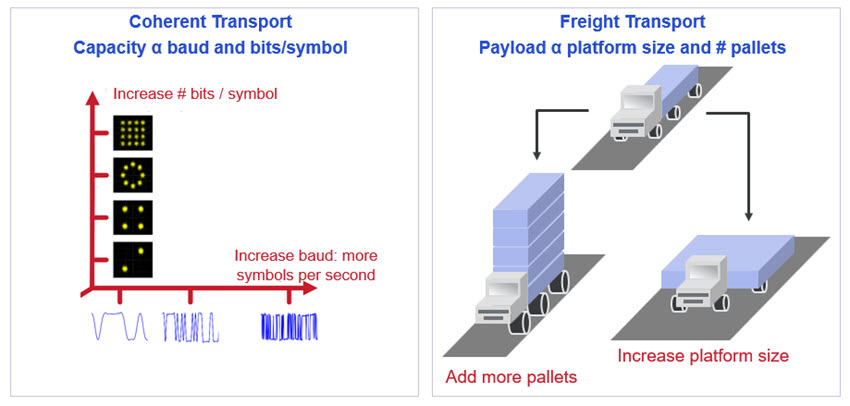
Figure 2 - Two primary ways to increase capacity or payload
Increasing bits per symbol → adding more pallets
Increasing bits per symbol means implementing a more complex modulation scheme. However, the higher the bits per symbol → the closers the symbols are to each other → the more sensitive they are to noise → the shorter the reach.
Implementing strong coding and forward error correction algorithms in the DSP that can correct for linear and nonlinear impairments (noise) that the signal would experience during propagation, which allows the signal to go farther for a given modulation scheme. DSP algorithms are typically unique to each system vendor, which is why different products use different techniques.
Increasing bits per symbol is analogous to increasing the number of pallets on the platform of a truck.
The more pallets, the more unstable the payload is on the truck, the shorter the distance the truck can travel. Similar to the role DSP plays, you need a stronger engine and suspension system to transport a larger number of pallets.
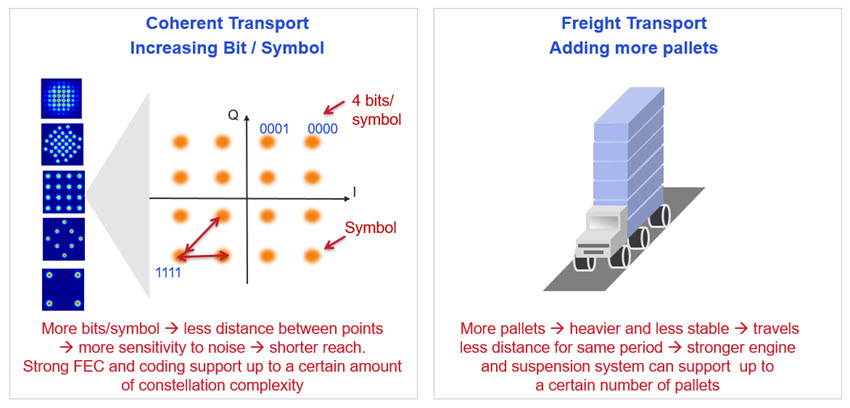
Figure 3 – Increasing bits per symbol
Increase the baud → increase the size of the truck platform
The second way you can increase capacity is increasing the baud, so you are processing more symbols per second. This is analogous to increasing the platform size on the truck, which allows you to carry more payload for each pallet.
Increasing the baud allows the user to get better system performance out of a single coherent modem, which allows them to reduce cost per bit. This means higher capacity per signal for a given reach, or longer reach for a given capacity.
When you increase the baud, the spectrum that a signal occupies also increases, just like a truck with a wider platform requires a wider lane.
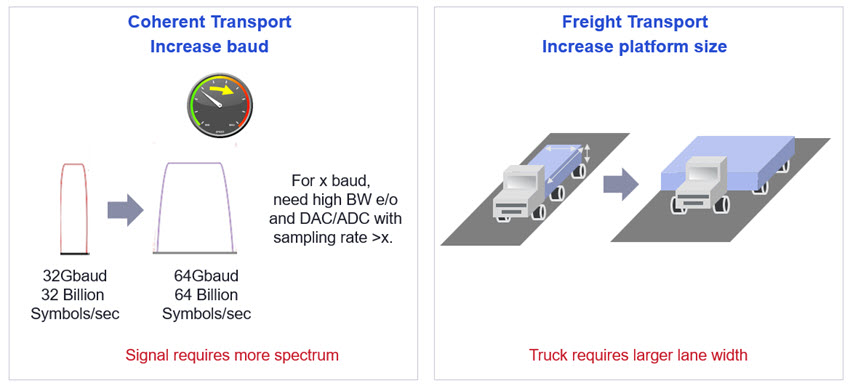
Figure 4 – Increasing baud
Networking implications of higher baud modems
What are the networking implications of increasing the spectrum of the signal? Historically, optical networks have been built with fixed grid 50GHz or 100GHz Wavelength Selective Switches (WSS). A WSS is similar to a roundabout that allows trucks to go in different directions, and fixed grid is similar to the fixed lanes on a road.
Although road transport has not evolved materially over the years, the pace of innovation moves much quicker in communications, and flexible grid WSSs, those that can select more granular spacing options, have been generally available and shipping since 2012. Imagine more intelligent roundabouts, that can flexibly assign lane size for optimal fit for each of the trucks that will be traveling.
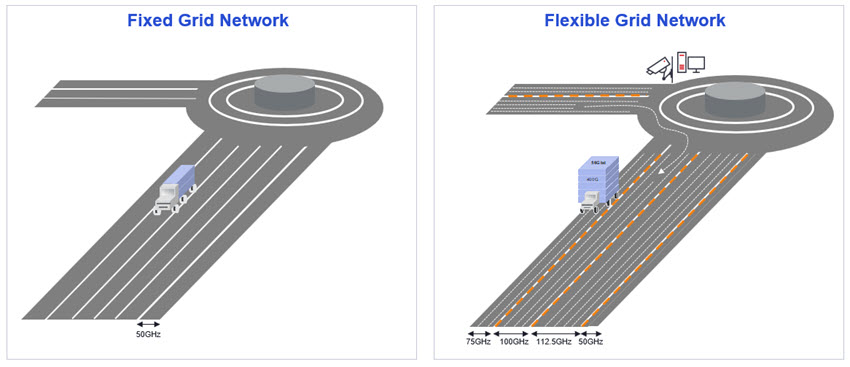
Figure 5 – Fixed and flexible grid networks
As soon as you start talking about 45Gbaud modems and higher, which are needed to deploy wavelengths with 400G capacity or higher, signals need >50GHz spacing per channel or flex-grid networks. This is the case for Ciena’s WaveLogic Ai which operates at 56Gbaud and offers programmable capacity from 100G to 400Gb/s.
Users of flex grid networks can decide to set fixed channel spacing in their network for operational reasons, for example 64 75GHz-spaced channels, or 48 100GHz-spaced channels, etc… Using this approach, however, either takes up too much spectrum for channels that don’t need it (spectrally inefficient), or limits users from gaining the cost and efficiency benefits of new coherent technologies that become available, which goes against the objective of deploying coherent in the first place!
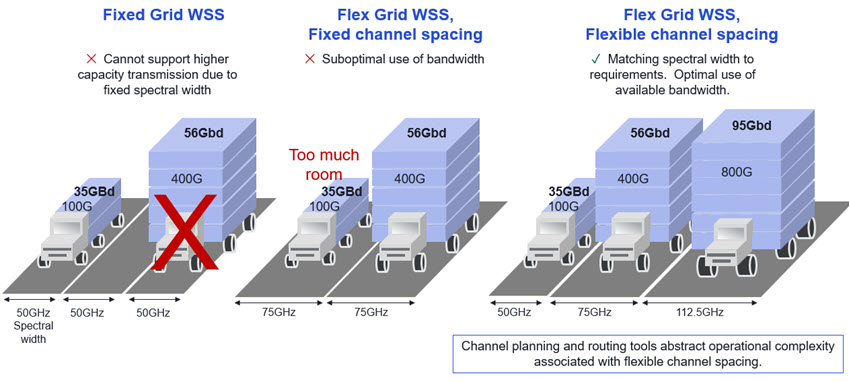
Figure 6 - Different network operational models
Coherent technology benefits in action: WaveLogic Ai
The rapid early adoption and continued strong traction of WaveLogic Ai (introduced in 2016) is a testament to the economic benefits that are achieved with this innovative technology. Over 100 customers are deploying WaveLogic Ai across either 6500 or Waveserver Ai-based networks, with 24 new customers starting deployments in the most recent quarter. Examples of WaveLogic Ai deployments include:
- Scalable, programmable, optical networks with the ability to maximize capacity across any path (ex. Bharti Airtel, QTnet, VodafoneZiggo)
- High capacity subsea deployments, improving return on deployed cable assets (ex. Southern Cross, Globenet, Hawaiki)
- Upgrade of existing networks, increasing link capacity by up to 4 times (ex. Tele2, Vodafone New Zealand, Unitymedia)
- High-bandwidth, reliable, DCI connectivity across any distance, from inter-campus to subsea (BT, QTS Realty Trust, Interxion). In fact, WaveLogic Ai is one of the reasons why Ciena is the leader in DCI networks, globally.
Although WaveLogic Ai can be deployed in 50GHz fixed grid networks when set to 35Gbaud, the vast majority of WaveLogic Ai deployments, >95% in fact, are using 56Gbaud (flex grid) operation to maximize the economic and spectral efficiency benefits. Of course, these volume deployments are only possible because Ciena offers the appropriate software applications that abstract the complexity of planning, spectral assignment and management of flex grid channels.
Selecting baud for the next generation
We hear about different baud options available in coherent optical solutions. The specific baud that is selected for a design will depend on two things:
- The highest throughput per wavelength that you want to achieve and for what distance: this decision will be based on the type of client traffic that needs to be transported and our understanding of reach required for a given capacity that will meet the requirements of a representative number of networks;
- Having access to certain high speed, high bandwidth design elements that may not be available in the market yet: high bandwidth electro-optics with appropriate passband to process the new signal, and digital-to-analog and analog-to-digital converters (DACs/ADCs) that can operate at an appropriate sampling rate.
Once again, total system performance – how much capacity per signal and how far the signal will travel – will depend on the DSP algorithms, analogous to the strength of the engine and suspension system in a truck.
Ciena recently announced the next generation of our coherent optical solutions with WaveLogic 5, with WaveLogic 5 Extreme designed to deliver optimal system performance. WaveLogic 5 Extreme operates at 95Gbaud to support programmable capacity rates from 200G to 800G in 25G increments. 95Gbaud was selected as the symbol rate because it allows for maximum capacity of 800G for practical short reach distances (100-200km) and 800G can efficiently carry multiples of both 100GE and emerging 400GE services. It also allows for efficient transport of 400GE services across any distance, so 400GE can be carried across the longest link in the network over a single wavelength, including transpacific distances.
Translating this to a tangible example, assume you need to carry 2.4T of capacity across 1200km, which is a representative long-distance link in networks today. Using industry standard 64Gbaud modem components, you can carry 300G capacity per truck, for a total of 8 trucks. In the situation where you need to transport 400GE services, you would need to use 2x200G wavelengths per 400GE across the entire distance, or use 400G wavelengths up to a certain distance, then regenerate to complete the trip. Either way, 12 trucks or modems would be required.
WaveLogic 5 Extreme running at 95Gbaud can provide efficient transport for both 100GE and 400GE services, using 4 trucks or modems, each of which can carry 600G capacity.
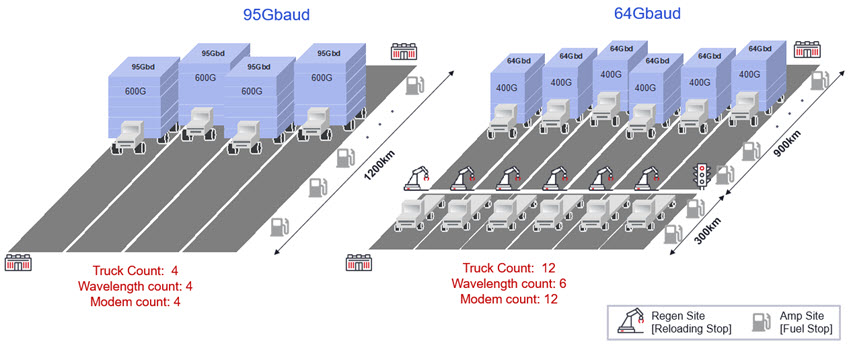
Figure 7 – Networking benefits of higher baud
Which of these options requires less hardware and cost? Which is easier to manage? Which is better for the environment?
If the networking benefits are clear, why isn’t everyone doing 95Gbaud? Because the DSP, as well as high bandwidth electro-optics and high-speed converters that are required for 95Gbaud operation are not generally available yet. Being vertically integrated, having the expertise and ownership of the full design - including DSP, high speed mixed signal design and high bandwidth electro-optics – is needed to deliver the networking benefits associated with this technology at an earlier time-to-market.
Will modems at >95Gbaud provide improvements in cost/bit? DSP being equal, yes, users will be able to get more throughput using a single modem and further reduce cost per bit. Timing of the solution will depend on when the appropriate DSP, high-speed converters and high bandwidth electro-optics become available to deliver the solution.










